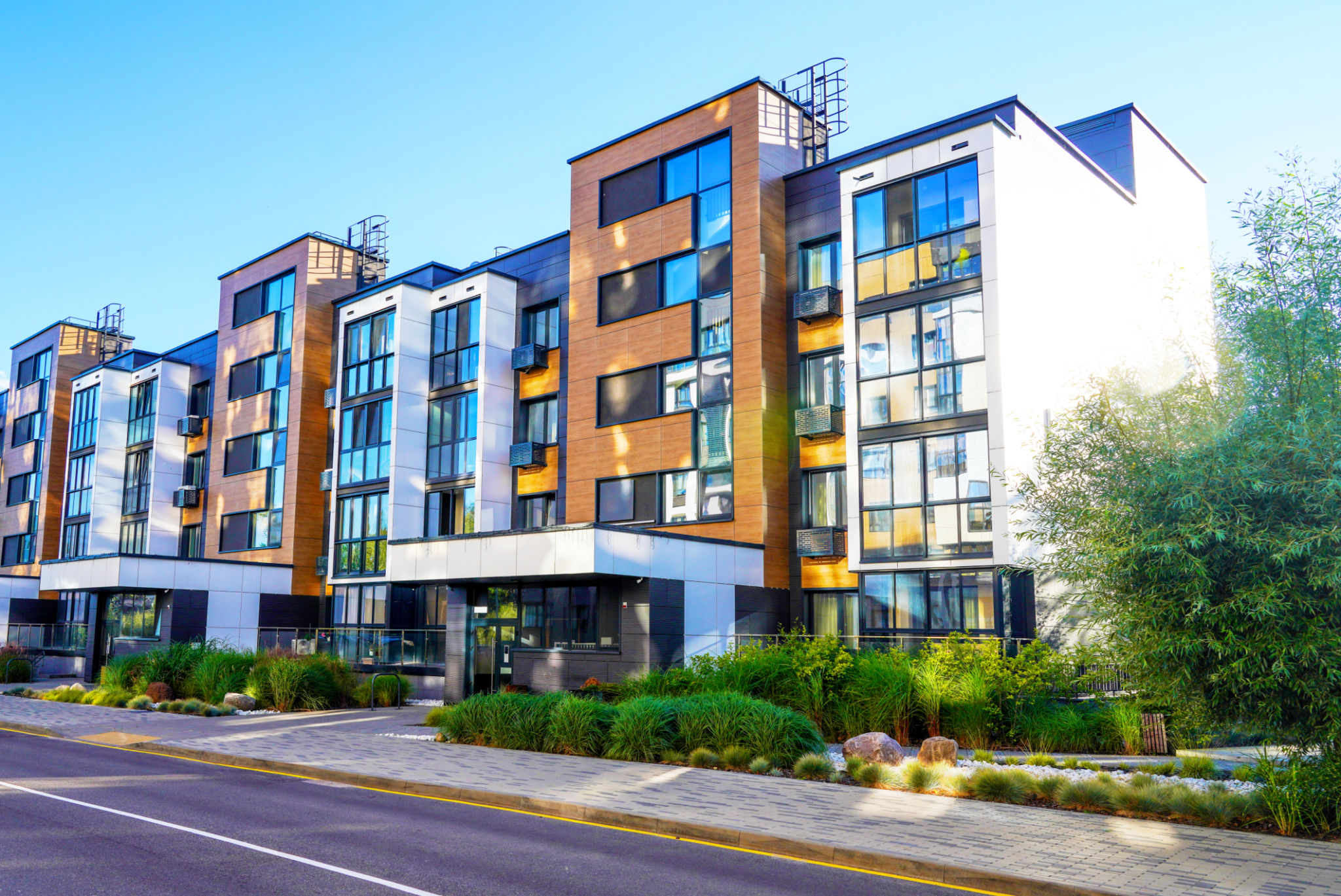Comparing Rent-to-Own Versus Traditional Renting: Which Is Right for You?
BI
Understanding Rent-to-Own
Rent-to-own is an increasingly popular option for individuals who are interested in transitioning from renting to homeownership. This arrangement allows tenants to rent a property for a specified period with the option to purchase it at the end of the lease. During this time, a portion of the rent paid may contribute toward the future purchase of the home. This method provides a unique opportunity for those who may not yet qualify for a traditional mortgage due to credit issues or lack of a down payment.

Benefits of Rent-to-Own
One of the primary advantages of rent-to-own agreements is the ability to lock in a purchase price at the start of the lease. This can be particularly beneficial in areas where property values are expected to rise. Additionally, renters have the chance to live in the home and become familiar with it before making a long-term commitment. It also offers a way to build equity while renting, as part of the rent goes toward the eventual purchase.
Potential Drawbacks
However, rent-to-own agreements are not without their downsides. If the tenant decides not to purchase the home, they may forfeit any extra rent money paid toward the purchase. Moreover, if the renter fails to secure financing by the end of the lease, they could lose their option fee and any accumulated credits. It's crucial for potential renters to thoroughly understand the terms and conditions before committing to a rent-to-own contract.

Traditional Renting Explained
Traditional renting involves leasing a property for a set period, typically a year, with no obligation or option to purchase the home at the end of the lease. This is a straightforward arrangement where tenants pay rent in exchange for living in a property, with no additional financial commitment beyond their lease term. Traditional renting is ideal for those who prefer flexibility or are not ready to commit to buying a home.
Advantages of Traditional Renting
The greatest benefit of traditional renting is flexibility. Tenants can easily relocate at the end of their lease without any financial obligations tied to a mortgage. Additionally, renters are not responsible for property maintenance or repairs, making it a convenient option for those who do not wish to deal with the stresses of homeownership.
Considerations and Limitations
On the downside, traditional renting does not build equity or offer investment potential. Renters will not benefit from any increase in property value and will need to restart their housing search when their lease ends. Furthermore, rental costs can increase over time, which may impact long-term financial planning.

Making the Right Choice
Deciding between rent-to-own and traditional renting largely depends on your personal circumstances and long-term goals. Consider your financial situation, credit score, and readiness for homeownership. If you're looking to eventually own a home but need time to save or improve your credit, rent-to-own might be suitable. On the other hand, if you prefer flexibility and lower responsibility, traditional renting could be the better choice.
Key Questions to Ask Yourself
- Do I plan to stay in this area long-term?
- Am I financially ready for homeownership?
- Do I have a stable income and good credit?
- Am I prepared to handle property maintenance and repairs?
Ultimately, both options offer unique benefits and challenges. By carefully considering your personal needs and future plans, you can choose the housing option that aligns best with your lifestyle and financial goals.